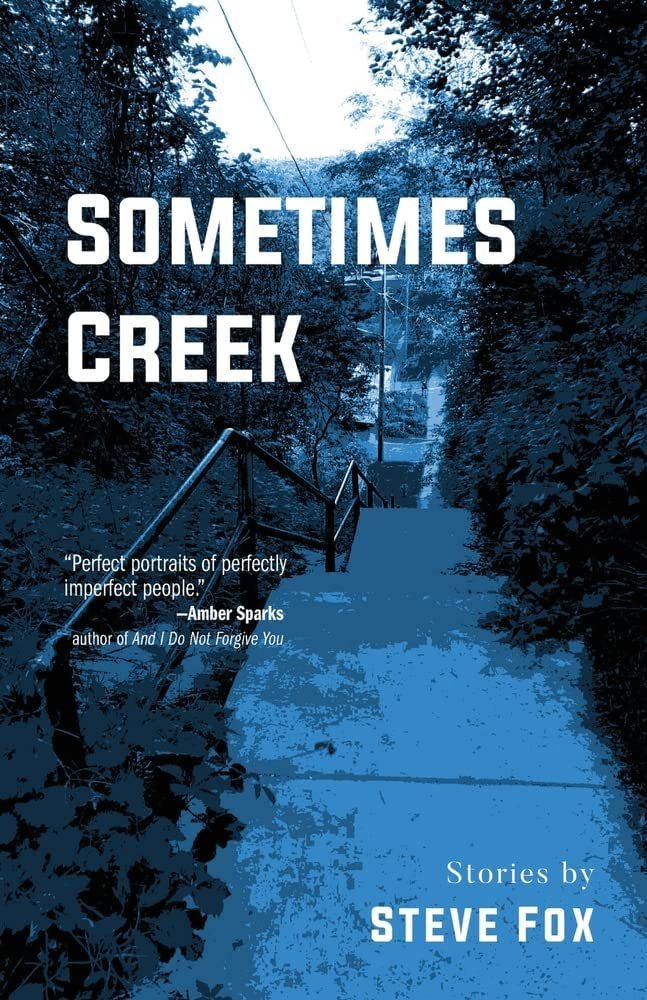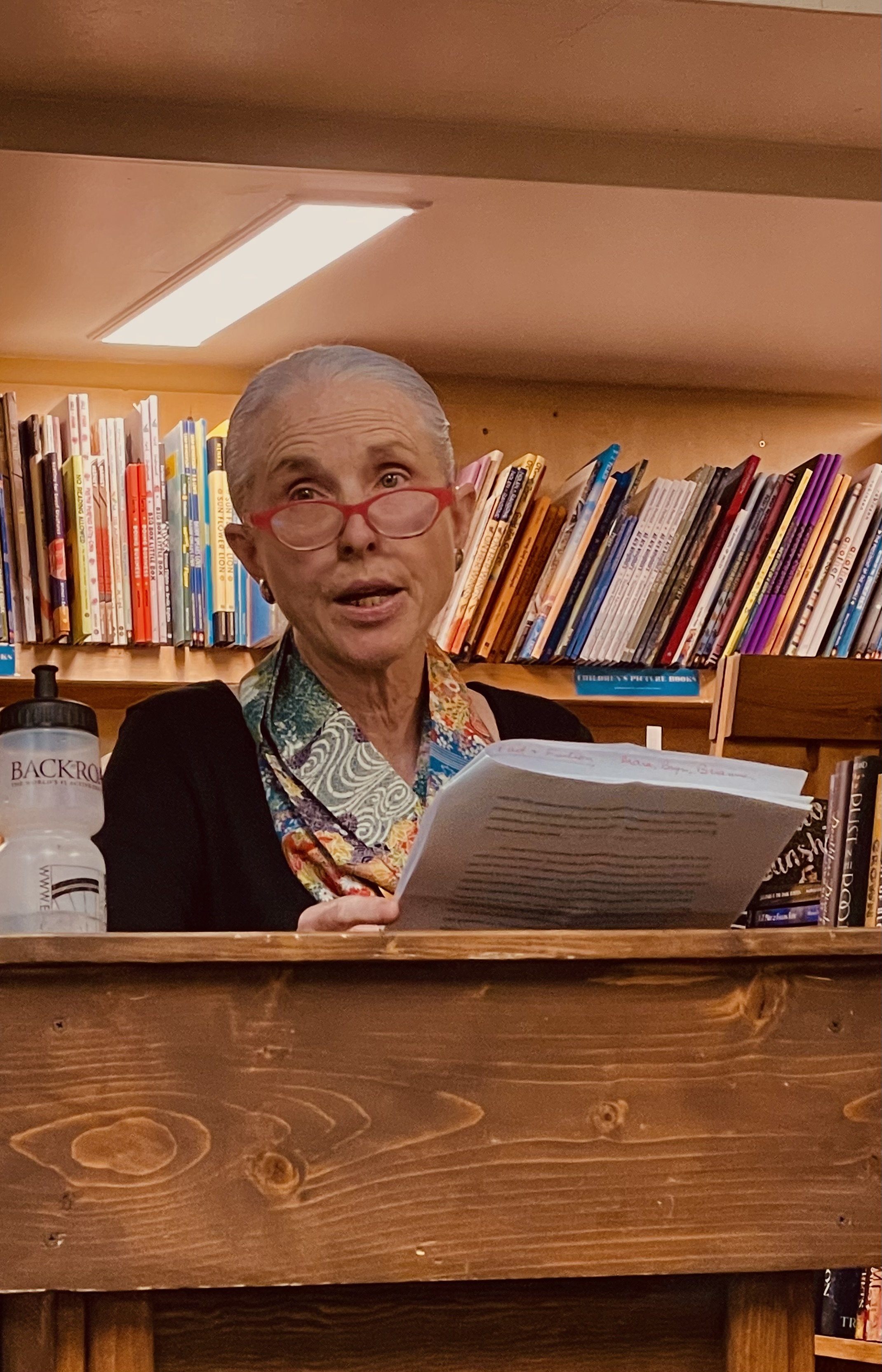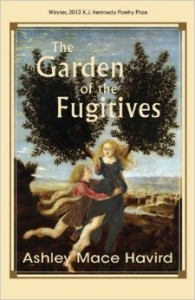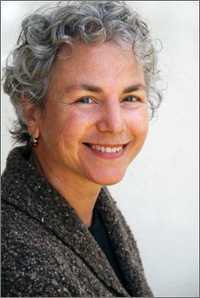My father and I talked about this moment several times later, and whatever our other feelings, we always felt it fitting that, when we saw him catch his last fish, we never saw the fish but only the artistry of the fisherman.
A River Runs Through It, Norman Maclean
I think he liked my stories because they humanized him. I do this now, for myself, replaying that final day so that I might understand how he felt, how death opened him up, blowing a vent in his head to let all those shark dreams out.
Driven, Melissa Stephenson
Melissa Stephenson’s DRIVEN: A Driver Runs Through It?
by Jacqueline Brennan
“Grief is the cost of love. And loving someone is never a failure.” Author Melissa Stephenson said this and a number of things that resounded with the force of great elegiac storytelling in a Montana Public Radio interview about her then-forthcoming memoir. In the space of less than 30 minutes, Stephenson’s ruminations on grief, being an ambitious kid with “big feelings,” and calculated examination of a loved one’s suicide keyed me in that this was a person we can trust to take us on a ride through weighty material.
Though originally from Indiana, Stephenson’s adopted home of many years is Montana. I expected her debut book, a memoir called Driven, to be powerful, and very much in the vein of the profound, reflective writing the state consistently begets. I did not, however, expect it to be a reading experience on the magnitude of one of the most affecting tragic stories to come out of Montana, Norman Maclean’s A River Runs Through It.
Stephenson’s memoir hit bookstore shelves July 23, and I made the mistake of preordering it so I was able to read it at the earliest available opportunity. That resulted in me reading the bulk of the memoir on a plane to Montana during the first days of August, and weeping most of the way through. It was effectively a repeat of the experience I had reading Maclean’s seminal Montana story on a plane to my hometown when I was 19. I was then an undergraduate student in Virginia, and one of my writing instructors was indignant that I had never read the story despite being from Montana. He sent me off to my holiday break with his personal copy of what Annie Proulx, in a 2001 foreword, calls Maclean’s “little book.” The last sentence of Maclean’s story, “I am haunted by waters,” might be the closest anybody’s come to distilling the wistful sense that pervades the imagination of Montanans. I like to think that it’s an effect of the commanding landscape, and Maclean’s choice of fly fishing—an activity that requires mimicking the patterns of natural order—as his grounding story metaphor is in line with the idea.
Stephenson uses a decidedly different but equally compelling metaphor as a way into, then through, the story of her own brother’s death. Once over the raw emotion of her gorgeous story, I found myself touting the parallels between Stephenson’s memoir and Maclean’s novella to anybody who’d listen. In subsequent days, I came up with a more concise way to state the comparison: Driven is like A River Runs Through It, except it’s a sister’s POV on her brother’s death, and instead of fly fishing, the unifying metaphor is cars.
If you love the older of the two books, the newest is up your alley. And although the similitude rests in the broad strokes of the two stories, Stephenson’s voice and background are distinct. It makes the rare reading experience of a truly vulnerable story accessible through a narrator who is unflinching and compassionate, without ever feigning to be a hero on her “white-knuckled ride to heartbreak and back.” Nonetheless, some of the broad strokes I noticed are worth underscoring. The strength of how these shared touchstones—thematic and tactical—manifest in one story only flatters the other because they’re both stories of the highest quality.
Live wire, wayward brothers
I want to be exceedingly clear that to compare Stephenson and Maclean’s respective brothers is not to conflate them as a type, nor to collapse and relegate them to merely a single dimension of “troubled.” And if you read both, you’ll agree with me that at least the fallacy of uni-dimensionality is easy to avoid because, despite their many struggles, both Paul Maclean and Matthew Stephenson were, by their siblings’ accounts, preternaturally charismatic, complex, bright, and multi-talented.
Maclean’s story teems with eloquent wisdom on subjects mundane to grand, and one of the best morsels from the mundane end of the spectrum comes from his younger brother when he articulates a principle Montanans—whether they admit it or not—still live by today. Namely, a wanton distrust of Californians in our state. Norman tries to do his sweetheart a solid by taking her wayward brother fishing when he’s in from California to visit. But the younger Maclean objects to the proposition, saying, “I won’t fish with him. He comes from the West Coast and he fishes with worms.”
Paul Maclean was, in his brother’s fictional construction, an eternal charmer who always had more people in his corner than not, even at the remarkable pace he acquired nemeses from his penchant for gambling and heavy drinking. It comes as little surprise that Brad Pitt was tapped for the role of Paul Maclean while he was in his whippersnapper pretty-boy prime for Redford’s 1992 film adaptation (and again as Tristan Ludlow for Edward Zwick’s adaptation of Legends of the Fall shortly thereafter). And Stephenson’s brother Matthew calls to the mind’s eye a similar physiognomy and attitude with descriptions like:
Some gifts we are born with. Matthew took the mother lode in magnetism.
He loved convicts and sanitation workers the way I loved Flannery O’Connor and her peacocks.
The trick rested in making the true story of my brother believable.
That the trick for Stephenson rested in making her brother’s story believable is one of the great testaments to an achievement of her book that is at once reminiscent of Maclean’s story, while wholly remarkable and done on her own terms. Maclean struggled over many years to capture his family’s story, and ultimately found a way to do it with fiction. Stephenson white-knuckles it without the exemption from fact-checking. And her early acknowledgment of the challenge in making Matthew believable will strike anybody who’s ever tried to write vulnerable nonfiction. Writing such material only to get feedback that the motivations or events that transpire are unbelievable is a perennial frustration. Finding work-arounds to surmount that common challenge takes tremendous skill, and also a lot of drafts that miss wide before the story finally passes plausibility muster.
The paradox of elusiveness and intimacy
That Maclean found a different channel for his river (if you will) is not a dig on his story’s integrity (nor its sanctity, for that matter). In fact, the contrast in execution between Maclean’s story and Stephenson’s is related to a question that both authors wrestle with—that of creating, through words, a lucid and artful facsimile of our own lives and the people in them.
Stephenson has admitted in both the aforementioned public radio interview as well as in an August 2018 “Writing on the Air” interview in Austin, Texas, that she began telling stories about her brother long before he ultimately took his life in August 2000. Of the time Matthew was alive, she writes in Driven, “I think he liked my stories because they humanized him.” Her memoir, then, becomes a way of her taking emotional stock of why we tell these stories if they are no longer for the subject’s benefit. The notion has moving echoes with an exchange near the end of A River Runs Through It. It begins with Norman Maclean’s father speaking:
“After you have finished your true stories sometime, why don’t you make up a story and the people to go with it?
“Only then will you understand what happened and why.
“It is those we live with and love and we know who elude us.”
Now nearly all those I loved and did not understand when I was young are dead, but I still reach out to them.
This intimate moment between two generations of Scots-Presbyterians is one of many that I’m tempted to read as sourced verbatim from a real conversation that Maclean had with his father. And I think what Stephenson and Maclean share most astutely is a willingness to observe and document as life becomes a story, even if it’s one they know they won’t be able to tell faithfully until many years down the road, or the river.
Subtext in the metaphor
Asked to explain her decision to use cars as a unifying metaphor Stephenson noted that though she grew up in what she’d consider a loving family, they didn’t “talk about the big things very well, like feelings, or a family history of suicide, or alcoholism, or mood disorders.” But, she said, “We could talk about cars.”
The lingo of cars even suffuses the pedestrian mantras Stephenson recalls her family using when her brother was plainly not doing well:
He’d returned to Indiana alive, and all we knew how to offer, without words, was that same old message, flat as a worn-out tire: It’ll all buff out.
Although we can never know if they were used as abundantly in actuality as they are in the story, I suspect the Maclean family leaned on the fishing metaphors as much as Stephenson’s family relied on their car metaphors. For his part, Maclean may have had to distend the metaphor as a measure of catharsis, or at least to fill in cracks to make his brother’s story tactile and believable. In both stories though, the mystique of the respective metaphors is that they’re ripe with subtext, as in Maclean’s last time fishing with his brother and father:
My father said, “There has to be a big one out there.”
I said, “A little one couldn’t live out there.”
My father said, “The big one wouldn’t let it.”
My father could tell by the width of Paul’s chest that he was going to let the next loop sail. It couldn’t get any wider. “I wanted to fish out there,” he said, “but I couldn’t cast that far.”
Maclean and Stephenson’s expert use of a metaphorical throughline shows how load-bearing the technique can be in tragedy. While in comic contexts, the technique takes the form of puns, the tragic function allows for controlled but abundant subtext.
Humor
In the spirit of ending on a high note, it bears to remark on the incredibly wry wit that makes for some of the most memorable passages in both these stories. It’s not heavy-handed. It’s not gratuitous. It imbues each of these heart-rending narratives with just the right levity at the right moments. And nailing that balance may take as much skill as it takes to capture the dimensionality and plausibility that I’ve already highlighted.
Maclean’s most satisfying dose of levity comes just past the halfway point, recalling an episode with a pair of folks asleep naked on a sandbar after some of your average afternoon outdoor love-making:
You have never really seen an ass until you have seen two sunburned asses on a sandbar in the middle of a river. Nearly all the rest of the body seems to have evaporated. The body is a large red ass about to blister, with hair on one end of it for a head and feet attached to the other end for legs.
Stephenson is as good at interpreting the comedy in the base as Maclean. Maybe even better. Her theater background serves her well when she sprinkles in some particularly well-timed comic relief after recounting all the cringe-worthy particulars of her cruise wedding. She and her new husband Josh suffer a moment of panic when they wake up the morning after to discover a “brown smear” on Josh’s side of the bed. I’m not skittish about spoilers in any context, but I want to leave that one alone to encourage readers to independently discover the source of the smear, and all the other well-placed and often unexpected comic moments before and after.
Drivers and rivers
I should say that Stephenson does make explicit mention of Maclean’s story in her memoir, and even cites it as one she read in a sequence that inspired her to attend undergrad in Missoula, the town that she has since returned to with her two children after stints elsewhere. She hasn’t remarked on the degree to which Maclean was or wasn’t on her mind while she was piecing together the writings that eventually coalesced to form her memoir. But an attuned reader could be forgiven for suspecting that Stephenson’s conscience does take some cues from the earlier narratives that attracted her to the town she now calls home.
I’ve been advised that ending an original piece of writing with an unoriginal thought is, for mysterious reasons, an abominable faux pas, a disgraceful way to sign off. But I’m not sure who’s enforcing this originality protocol, and I assume literate audiences grant exception to any such rule when the words come from Norman Maclean. Because Stephenson clearly felt called back to Missoula after some time away, I’d wager she’s discovered the validity of the ageless wisdom, many times over, that the world is “full of bastards, the number increasing rapidly the farther one gets from Missoula, Montana.” As of August 2018, she’s still on the road making the reading and press rounds with her fabulous debut, and it’s only a matter of time before she discovers this fact anew. Let it be soon, so she can get back home and finish her next book. We need it like Stephenson needs her VW vans and Flannery O’Connor’s peacocks.




























